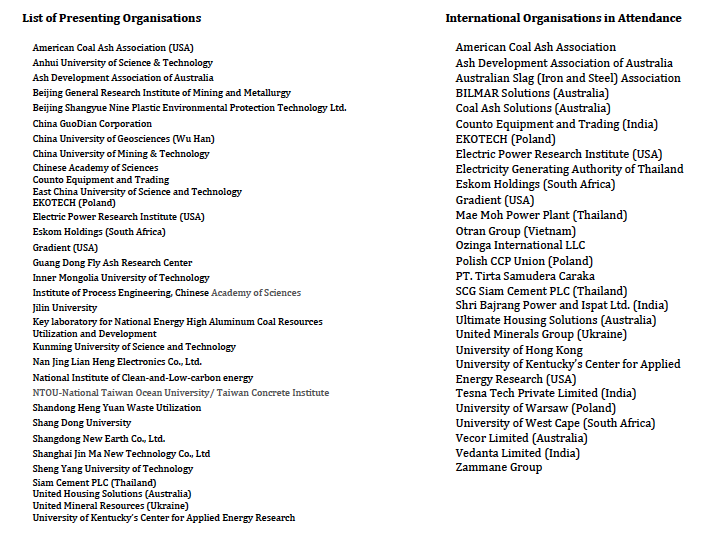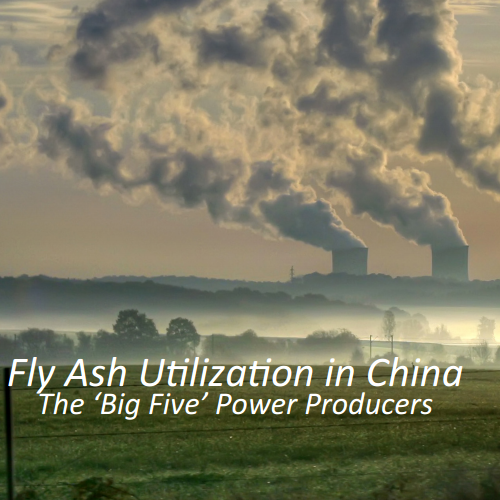Research Highlight: Shandong University
/- Jinan, China
Shandong University is located in Jinan CIty, Shandong Province, in the eastern part of China.
Professor Wang Wen Long and the team at Shandong University’s National Engineering Laboratory for Coal-fired Pollutants Emission Reduction have focused on complimentary utilization, solid wastes and life cycle assessment in their latest research. The research pertaining to Sulfoaluminate cementitious material at was presented 2017’s Coal Ash Asia conference in Beijing, China. Below is the abstract from this paper.
Complementary Utilization of Red Mud, FGD Gypsum and Other Solid Wastes to Prepare Sulfoaluminate Cementitious Material
Abstract: In the utilization processes of single solid waste, some fundamental problems always exist, including small solid waste dose, high cost, poor performance and low added value of products, difficulties in market exploitation, etc. Professor Wang proposes complementary utilization of varied solid wastes. High-performance sulfoaluminate cementitious materials (SCM) were successfully prepared by using 100% industrial solid wastes (red mud, flue gas desulfurization gypsum, aluminum slag and carbide slag) in an industrial rotary kiln at 1300°C. The product performances reached as high as 39MPa ,57MPa and 76MPa for 1d, 3d and 28d compressive strength, respectively. Environment impact assessment was also conducted for this process based on life cycle theory. It was proven that using industrial solid wastes to prepare SCM could reduce total environmental burden by 38.62% compared to using conventional materials. This technological conception can promote the large-scale utilization of massive solid waste and boost green and circular development of society.
Shandong University will return at AsianCAA’s Coal Ash Asia 2018 in Shuozhou City, the fly ash utilization center of China. Click below to register for CAA2018 and network with global academic and industry leaders during 3 days of exhibitions, seminars, scenic and industry tours.


